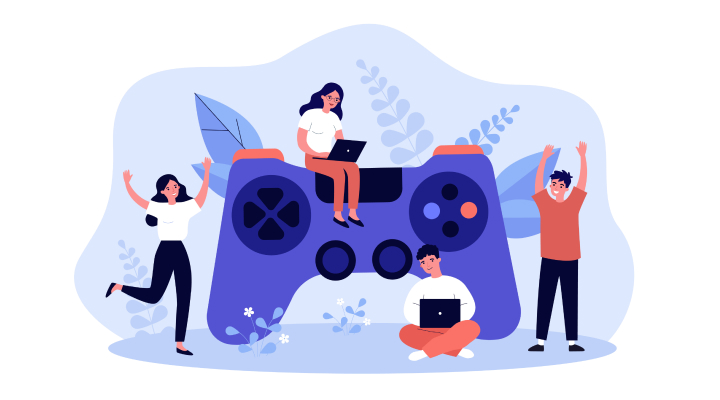In the digital world, where competition for user attention is fierce, mobile and web app designers are constantly looking for effective ways to attract and retain users. One of the most effective tools that is gaining increasing popularity is gamification. It is a strategy that allows you to transform ordinary interactions with an application into engaging, motivating and enjoyable experiences.
What is gamification?
Gamification is the use of mechanisms known from games in a context not directly related to games. This means implementing elements such as points, badges, rankings, levels, missions or challenges in applications that serve other purposes - e.g. education, shopping, financial management or health. The goal of gamification is to increase user engagement, improve retention and build positive habits.
Why does gamification work?
Game mechanisms have been attracting people all over the world for years. They are designed to provide satisfaction, evoke emotions and mobilize to action. Transferring these mechanisms to application environments allows designers to create a more engaging and motivating environment for users. Gamification refers to basic psychological mechanisms, such as:
- the need for achievement and development,
- the desire to compete and compete,
- recognition and reward,
- curiosity and exploration,
- systematicity and repetition.
As a result, the user not only uses the application, but also engages with it emotionally, which significantly increases the chance of their loyalty.
Examples of gamification applications
Fitness applications (e.g. Strava, Nike Run Club)
In such applications, users earn points, badges and cups for completed workouts. They can also compare their results with others, take part in challenges and track their progress over time.
Education (e.g. Duolingo, Khan Academy)
Learning becomes a game: gaining levels, rewards for regularity, reminders about daily goals and ranking among friends motivate regular learning.
E-commerce and customer loyalty
Online stores are increasingly introducing loyalty programs based on gamification. Customers receive points for purchases, participation in promotions, or recommending a product to others. These points can be exchanged for rewards, which encourages return and further interactions.
Fintech (e.g. Revolut)
In financial applications, gamification can encourage saving, budgeting, or investing. For example, the user can unlock new functions after meeting certain conditions or receive visual confirmation of their progress.
How to effectively implement gamification?
For gamification to bring the expected effects, it must be well designed and tailored to the context of the application and the needs of users. The key elements of effective gamification are:
- clearly defined goals and mechanics - the user must know what to do and what benefits it will bring.
- balance between challenge and reward - too easy tasks are boring, too difficult are discouraging.
- internal and external motivation - rewards, status, recognition, but also a sense of development and self-fulfilment.
- social elements – competition, cooperation, sharing successes.
- personalization – adjusting the game path to the user's style and preferences.
Potential challenges
Gamification can be a powerful tool, but if used ineptly, it will have the opposite effect. Avoid:
- overload of game mechanisms,
- artificial rewards without real value,
- low intuitiveness of the system,
- lack of consistency with the purpose of the application.
Users quickly sense when gamification is used solely for manipulation, and not to really improve the experience. Gamification is not a passing fad, but a proven interface design strategy that significantly improves user engagement, satisfaction and loyalty. In an era of content overload and growing competition, mobile and web applications that can provide users with positive emotions, challenges and rewards have a much greater chance of success. However, the key is a conscious, thoughtful and empathetic approach to designing such solutions.

